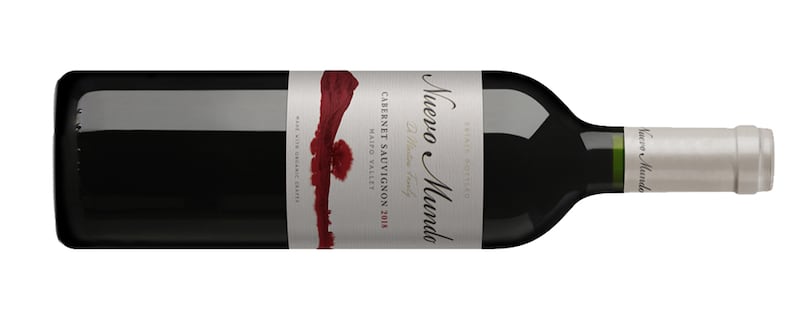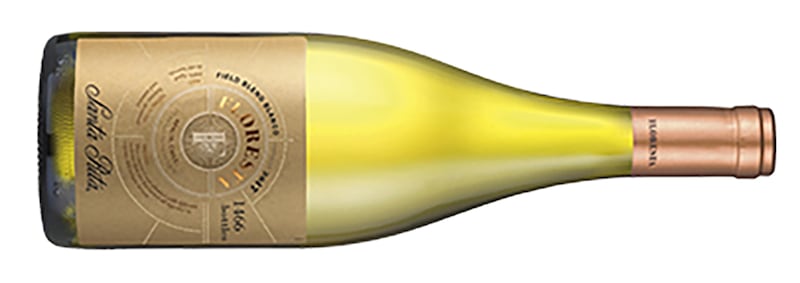Mention Chilean wine to most consumers and they will reply with two words; cheap and Sauvignon. There is a grain of truth to both, as Chile does excel at providing us with value wines and also produces some very good Sauvignon Blanc.
At the same time, it is very unfair as Chile has so much more to offer the wine drinker, starting off with a range of very reliable, well-priced (as opposed to cheap) versions of just about every international grape variety, including Pinot Noir, Merlot, Syrah, Chardonnay, and Cabernet Franc. It also has Carménère, its own signature grape. Regions such as Rapel, Maipo, Colchagua and Aconcagua can produce world-class Cabernet Sauvignon, often at very affordable prices.
Chile generally has a warm, sunny, dry climate, perfect for growing grapes and many other fruits. Diseases common elsewhere in the world are absent, as is Phylloxera, so many older vines are still in their original ungrafted state. Once, all wines came from grapes grown in the Central Valley that runs north-south for 1,200km parallel to the Pacific but protected by the Coastal Range of mountains from the chill winds of the ocean.
It includes some very good quality sub-regions, although in the past these were not always specified. In recent decades, new vineyards have been planted in cooler climates. Limari, Elqui, Leyda and Casablanca all benefit from cooling breezes coming in off the Pacific. Further south, and therefore cooler, Itata and Bío Bío have much less protection from the Atlantic and can be distinctly chilly.
As well as this, some producers are rediscovering Chile’s viticultural history. The Carmen Floresta featured here is a blend of old vine Semillon, Sauvignon Vert, Moscatel, Torontel, and Corinto, all found growing in the same vineyard. In south Dublin, Blackrock Cellar currently sells the wonderful flor-aged Semillon from the same source. A group of wineries, including Torres, has formed Vigno, an organisation promoting wines from old vine Carignan planted in the Maule Valley back in the 1930s following a massive earthquake in the region.
Vines were first brought to the far south of Chile in the 16th century. Here, in Itata, lie some of the world’s oldest, wild and wonderful vineyards growing without any support and little or no training. Producers are experimenting with blends, but the two most widely planted varieties are the once derided País and Moscatel. These are some of the most fascinating and delicious wines, well worth seeking out.
It all makes for a interesting array of wines, from refreshing crisp white wines to rich and powerful reds. So this weekend, why not pay a few euros more for a bottle of Chilean wine and discover a few new gems from an unlikely source?

Nuevo Mundo Maipo Valley Cabernet Sauvignon 2018, de Martino (organic) €14, 13.5%
Soft maturing blackcurrant and cassis fruits with a nicely rounded finish. Try it with roast lamb or a steak.
From: Barnhill Stores, Dalkey, barnhillstores.ie; Fresh Outlets,freshthegoodfoodmarket.ie; The Vintry, D6, vintry.ie; The Goose Off Licence, D9; Egans Off Licence, Drogheda; Carry Out Tramore, Co Waterford.

Viña Leyda Carménère 2020, Rapel Valley 13.5%, €15.95
A very appealing medium-bodied wine with smooth ripe black cherry and plum fruits alongside some spice, finishing on a lightly tannic note. Try this with roast pork with chimichurri or baked Mediterranean vegetables. From: O'Briens, Obrienswine.ie

Pencopolitano 2017, Itata, Pedro Parra 14%, €27.99
A blend of Cinsault and País, this is a delicious refreshing red offering rich grippy ripe plum fruits, a mineral streak and a lovely long tannic finish. Would be good with firm cheeses or slow roasted belly of pork.
From: Blackrock Cellar, blackrockcellar.com; The Corkscrew, D2, thecorkscrew.ie; Redmonds, D6, Redmonds.ie; Wineonline.ie

Floresta Blanco 2017 Field Blend, Colchagua, Santa Rita 13%, €28.50
Fresh and mineral with layers of subtle textured pineapple and peach with some intriguing light tannins. Try it with creamy chicken dishes or cauliflower cheese.
From: Grapevine, Onthegrapevine.ie.











